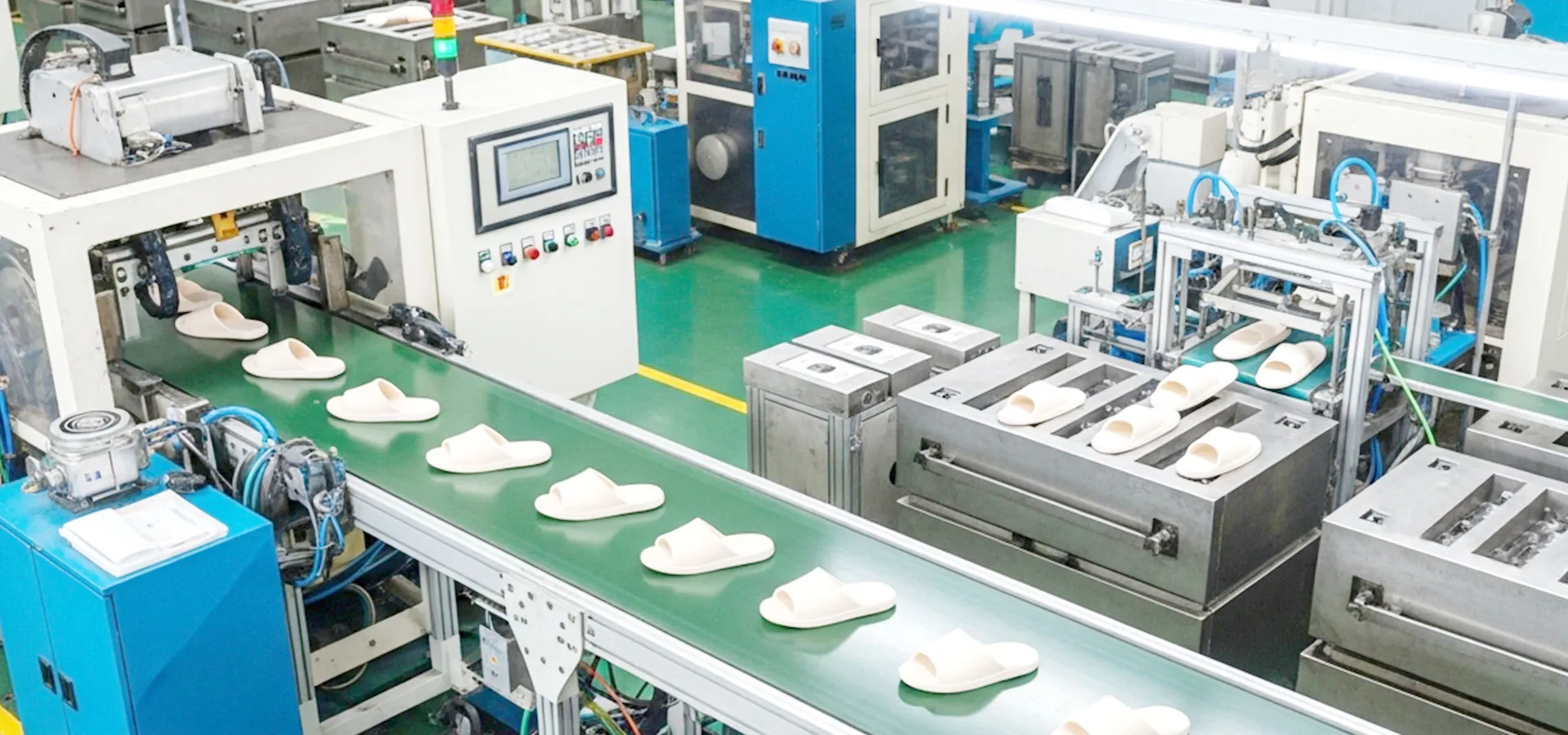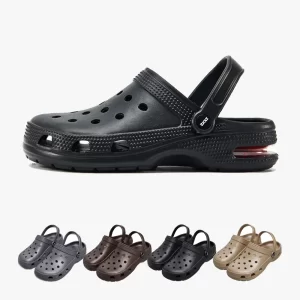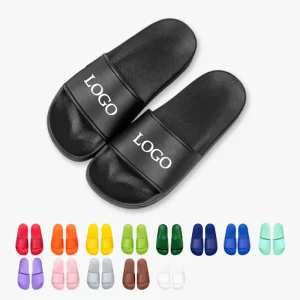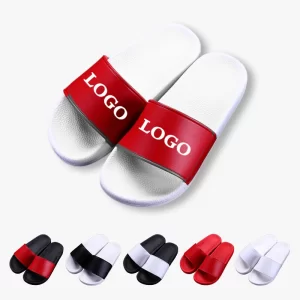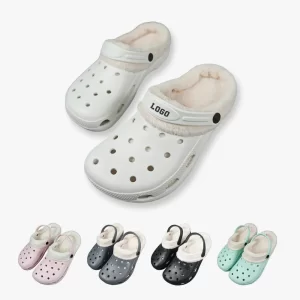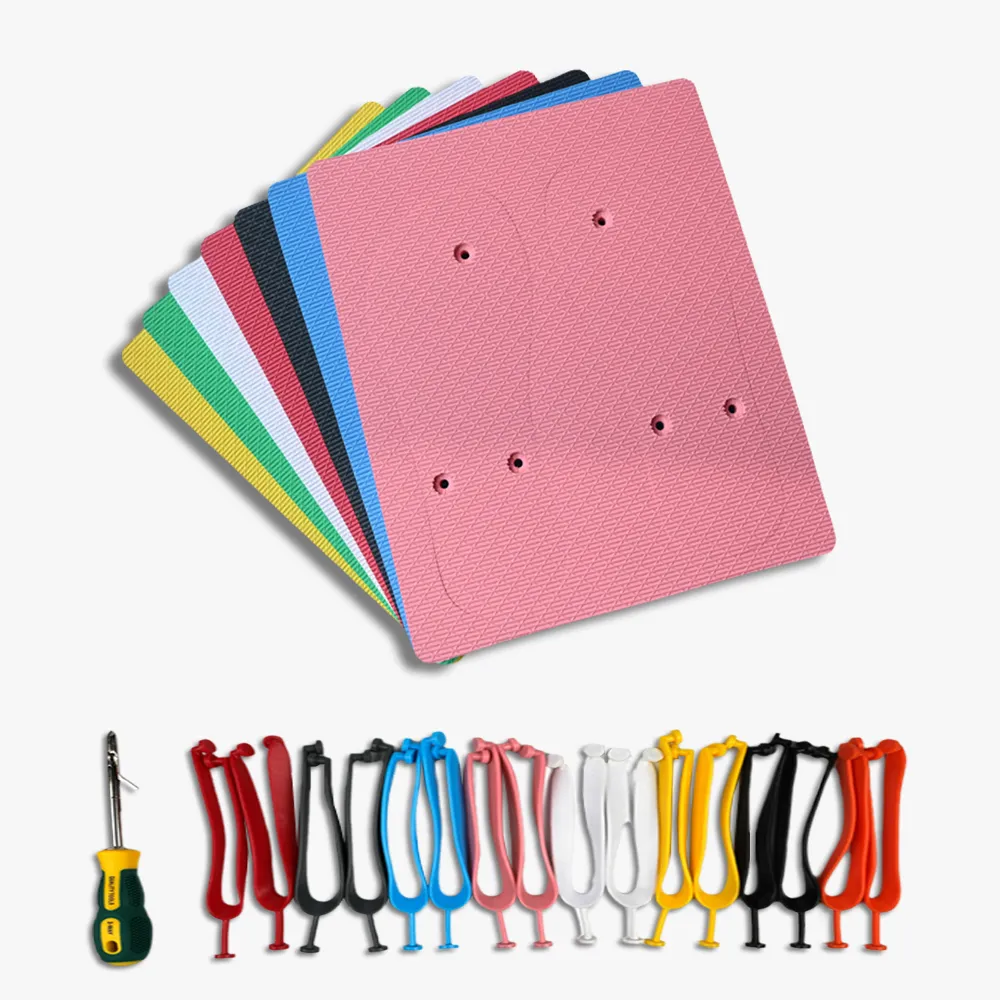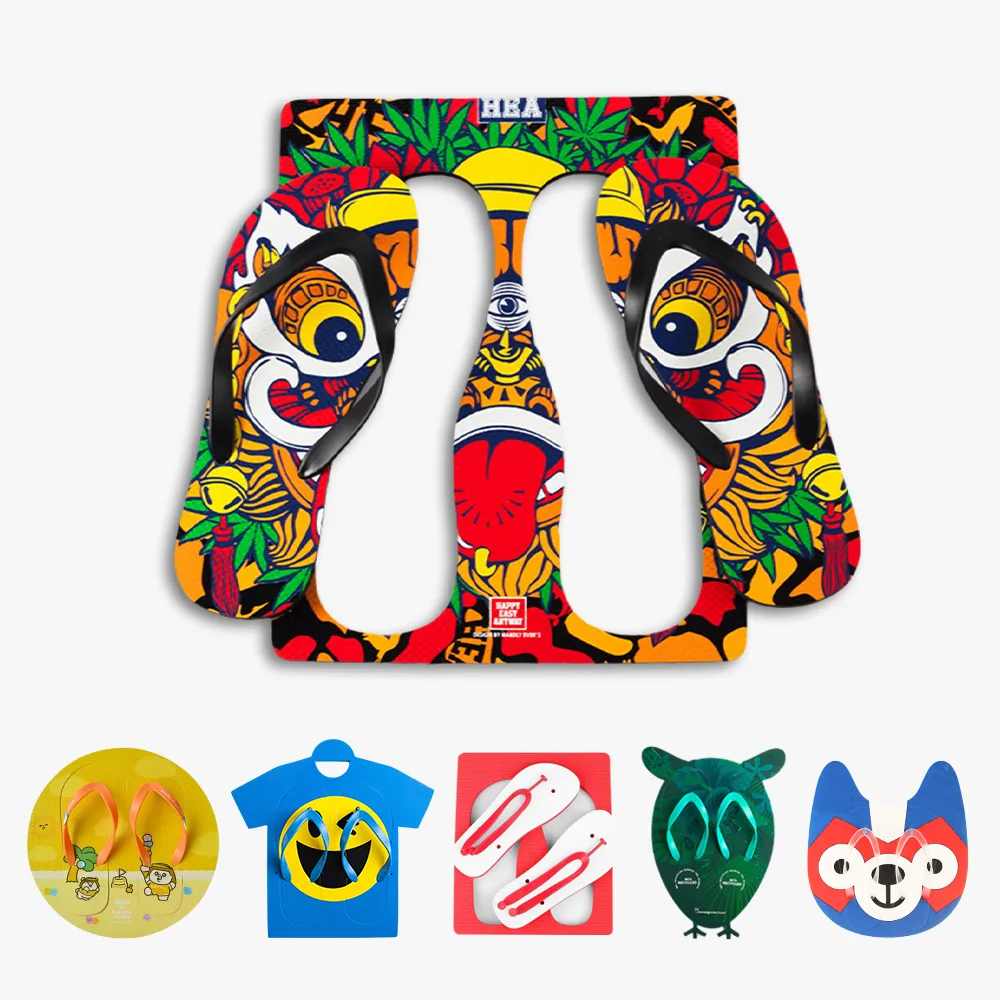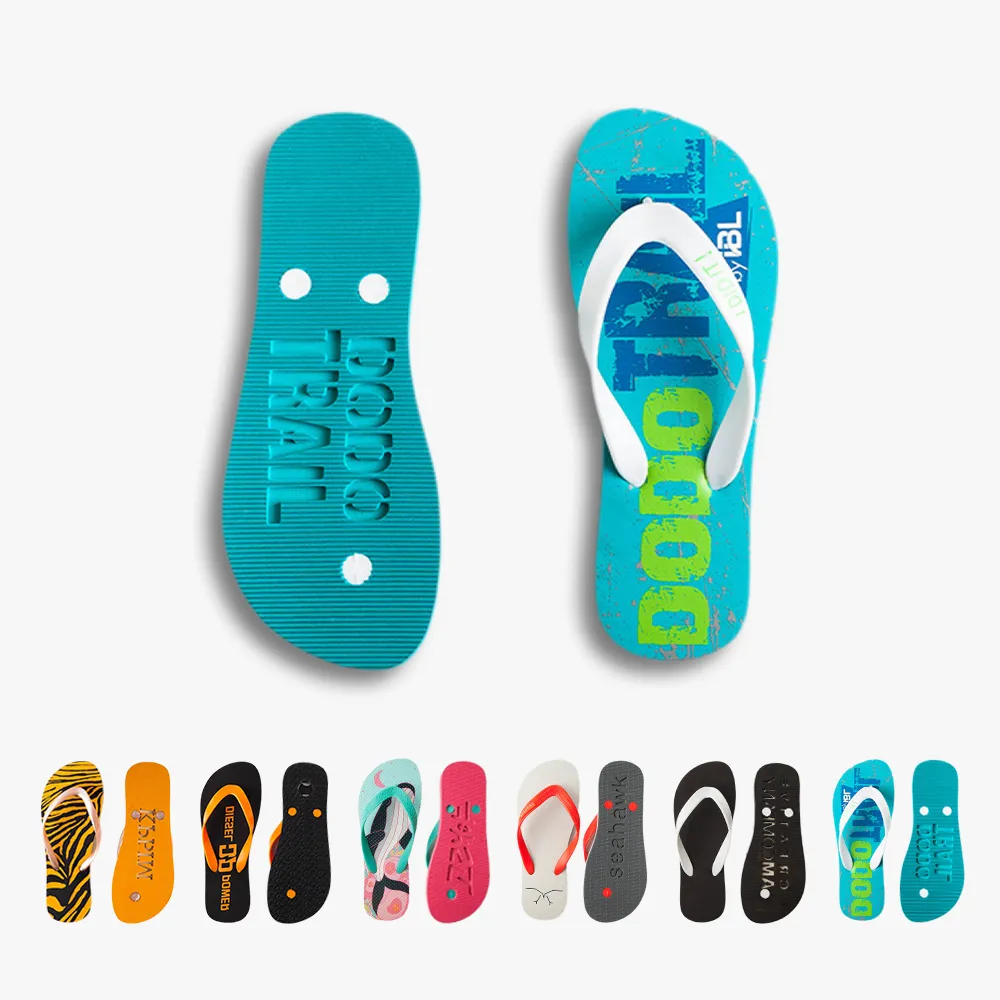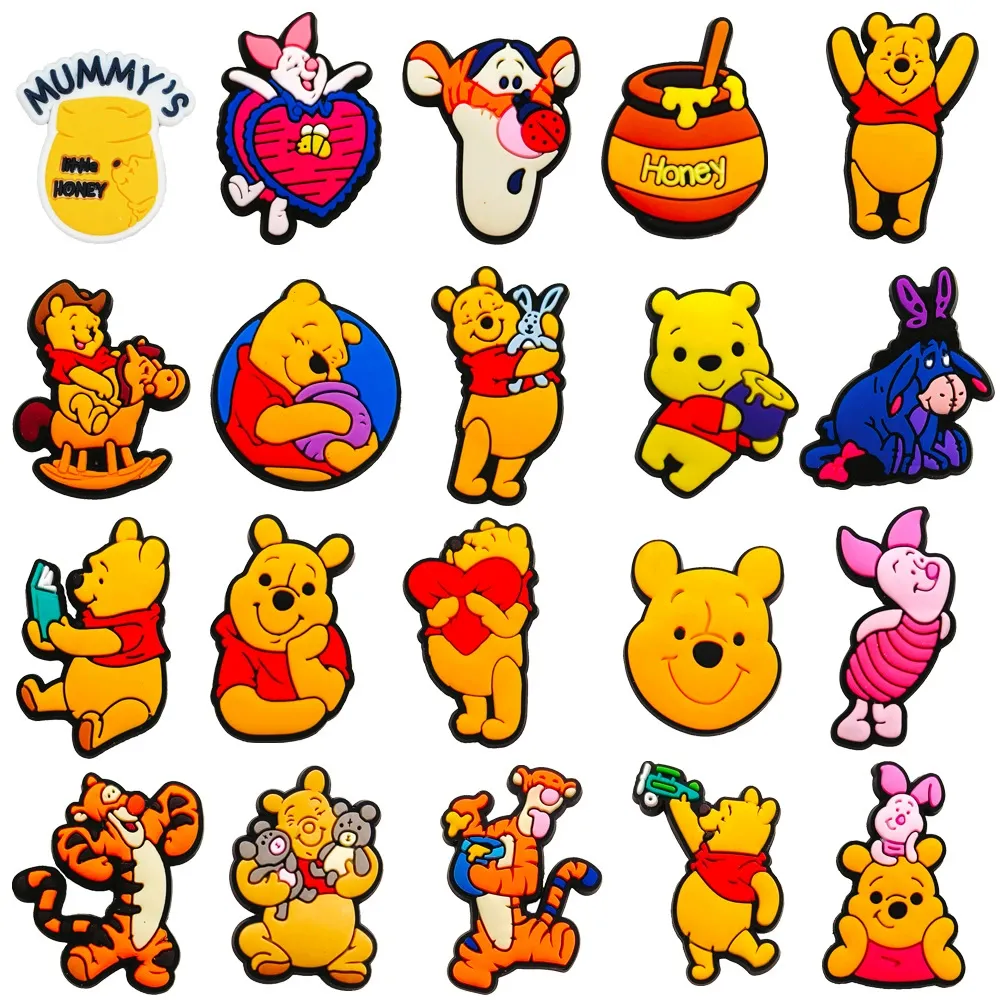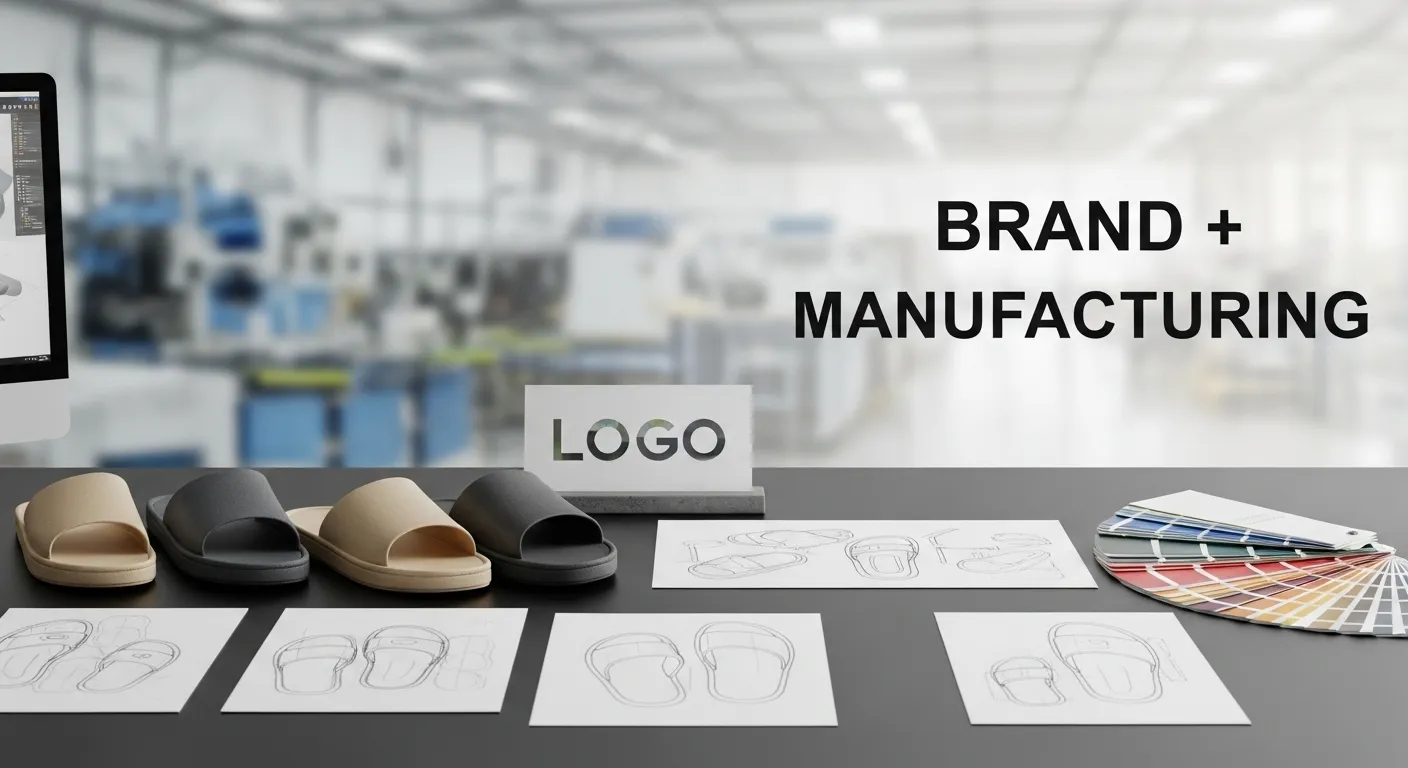
Private label slippers are becoming a more popular avenue for businesses and retailers in the global footwear market. Unlike selling off-the-shelf products in retail settings, private label enables companies to build a brand identity, improve profit margins, and gain loyal customers. When developing private label slippers, the two most common partnerships are OEM (original equipment manufacturing) and ODM (original design manufacturing). So, how can you capitalize on these two models to develop private-label slippers effectively? This article will give you a practical guide to OEM/ODM models.
Understanding Private Label Slippers: What is Private Label?
Private label slippers refer to products produced by a third-party manufacturer but sold under the retailer’s or brand’s name.
In the slipper industry, this means the manufacturer is responsible for production, while you focus on branding and marketing.
This model is suitable for:
- New brands looking to quickly enter the market;
- Retailers looking to expand their product lines;
- Traders with design ideas but lacking production capabilities;
- E-commerce sellers (such as Amazon and Shopee) looking to differentiate their products.
The advantages of private label slippers include:
- Reduced production risk and costs;
- Quickly build brand recognition;
- Flexible customization options;
- Easily expand global wholesale channels.
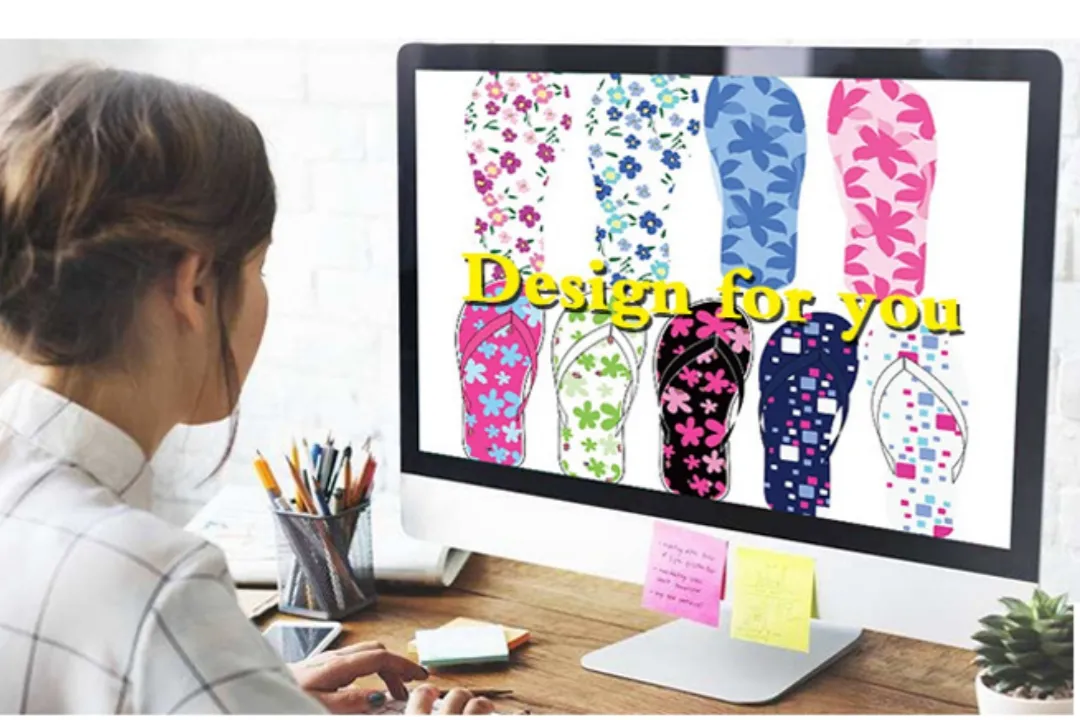
The Difference Between OEM and ODM: Choosing the Right Partnership Model
OEM and ODM are the two main models of manufacturing private-label slippers. The key differences between the two are as follows:
| Lower – the manufacturer handles design and sampling | OEM (Original Equipment Manufacturer) | ODM (Original Design Manufacturer) |
| Design Source | Design and specifications provided by the client | Design created and developed by the manufacturer |
| Brand Ownership | Fully owned by the client | Longer – depends on the client’s development process |
| Development Cost | Higher – requires investment in design and tooling | Owned by the client but based on the manufacturer’s design |
| Customization Flexibility | High – fully customizable | Moderate – based on existing models with limited changes |
| Time to Market | Longer – depends on client’s development process | Shorter – existing molds and designs available |
| Best For | Established brands or companies with design capability | New brands, retailers, or distributors seeking faster market entry |
Briefly:
- OEM is more appropriate for companies that want to have full control of design and brand image;
- ODM is more appropriate for clients who want quick market entry, especially at the initial stage.
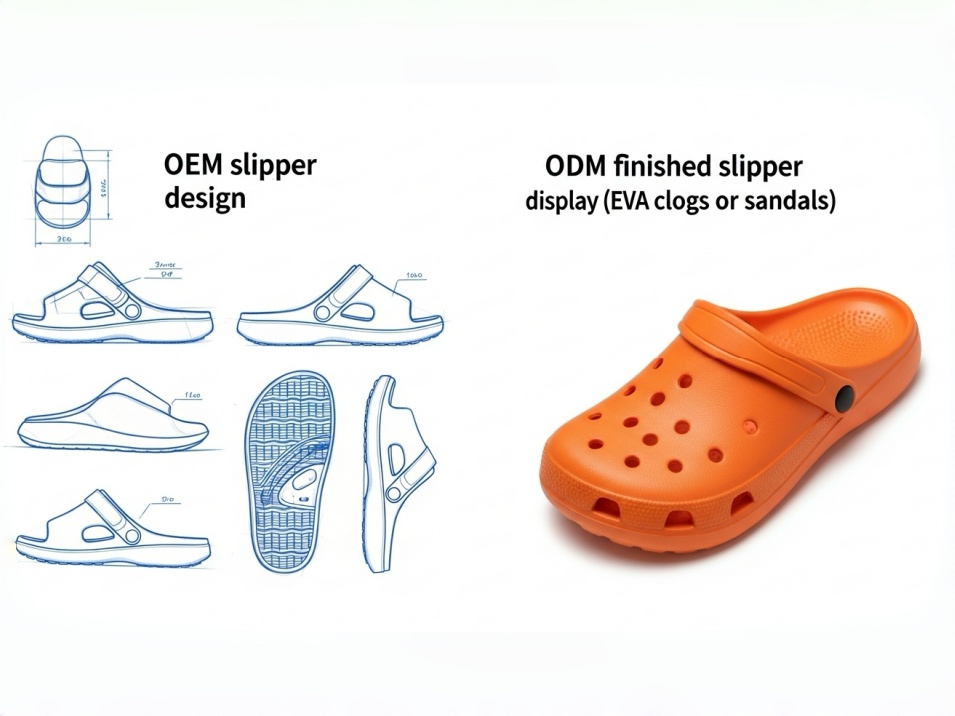
The Most Crucial Steps to Having Your Own Brand Slippers
Identify Market Positioning and Target Consumers
Before initiating OEM/ODM cooperation, determine the brand direction first:
- Product Style: Fashion / Comfort Home / Outdoor Activities / Children’s Fun
- Material Selection: EVA, PVC, Plush, Rubber, etc.
- Market: Europe, US, Southeast Asia, Middle East, and others
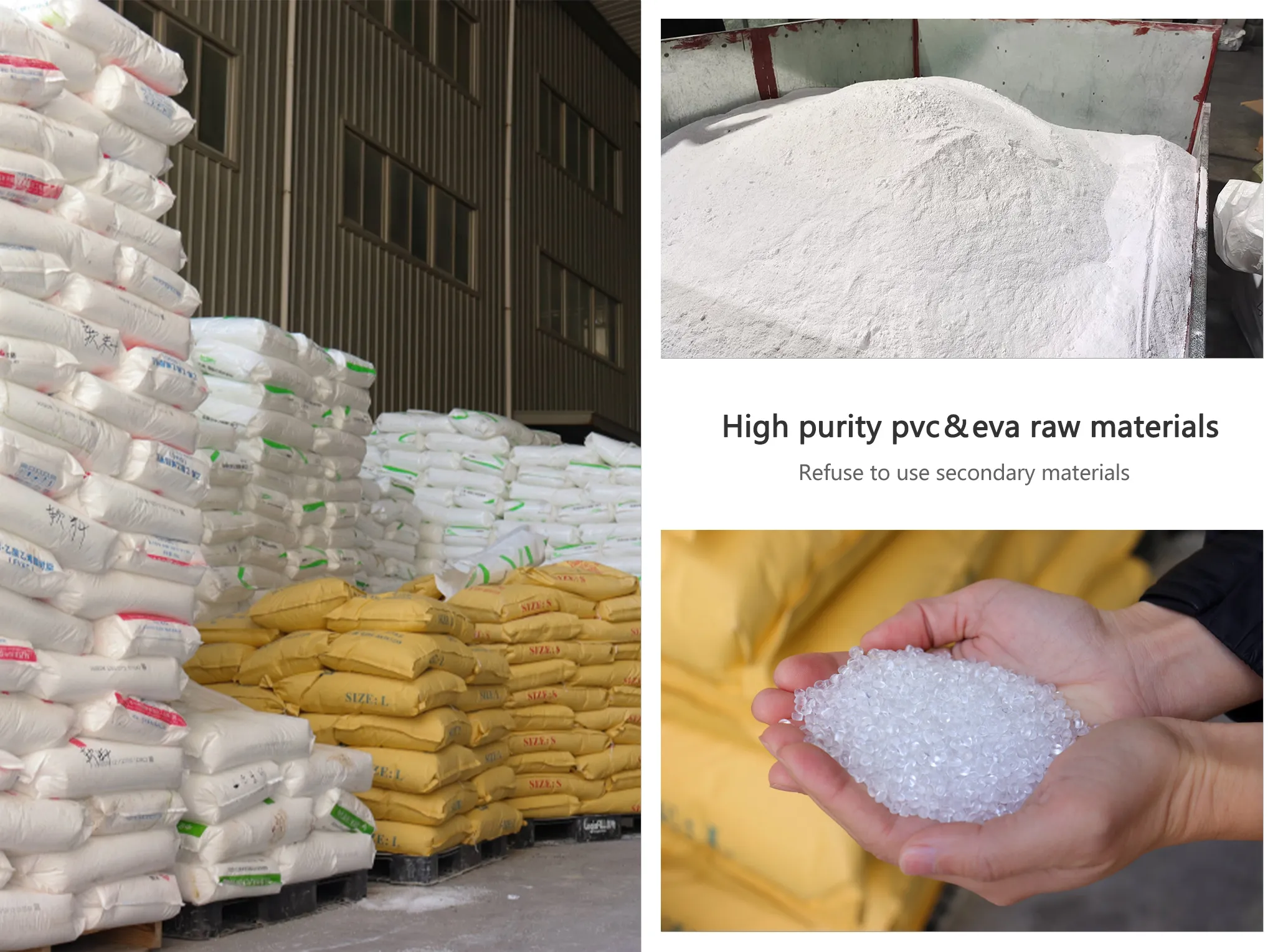
Understand the market trend and consumers’ preferences will allow you to come up with a proper product plan.
Choosing the Right Slipper Manufacturer
Having a good manufacturer is key to developing your own brand.
A quality manufacturer will possess the following characteristics:
- OEM/ODM capabilities, with full assistance from design to production;
- Offering a variety of materials and processes;
- Maintaining a strict quality control system;
- Supporting low minimum order quantities for trial orders and rapid prototyping;
- Familiarity with international export standards.
Design and Prototyping Stage
OEM customers can provide:
- Design drawings or samples;
- Brand logo and packaging design;
- Material and color requirements.
ODM customers can choose from existing styles provided by the manufacturer and perform minor customizations (such as adding a logo, modifying colors, or modifying the upper texture).
Related Products
Maintaining good communication is crucial during this stage to reduce sample revisions and accelerate time to market.
Quality Control and Mass Production
Before mass production begins, ensure that:
- Sample quality meets expectations.
- Materials and workmanship are consistent.
- Packaging and labeling meet brand standards.
It is recommended to sign a clear quality and delivery agreement to ensure transparency and control of the production process.
Brand Packaging and Marketing
Once the product is completed, the brand building stage begins.
Brand image enhancement can be achieved through:
- Designing unique packaging and hang tags;
- Photographing product scenes and lifestyle images;
- Showcasing brand stories on the official website and social media platforms;
- Combining online and offline marketing channels.
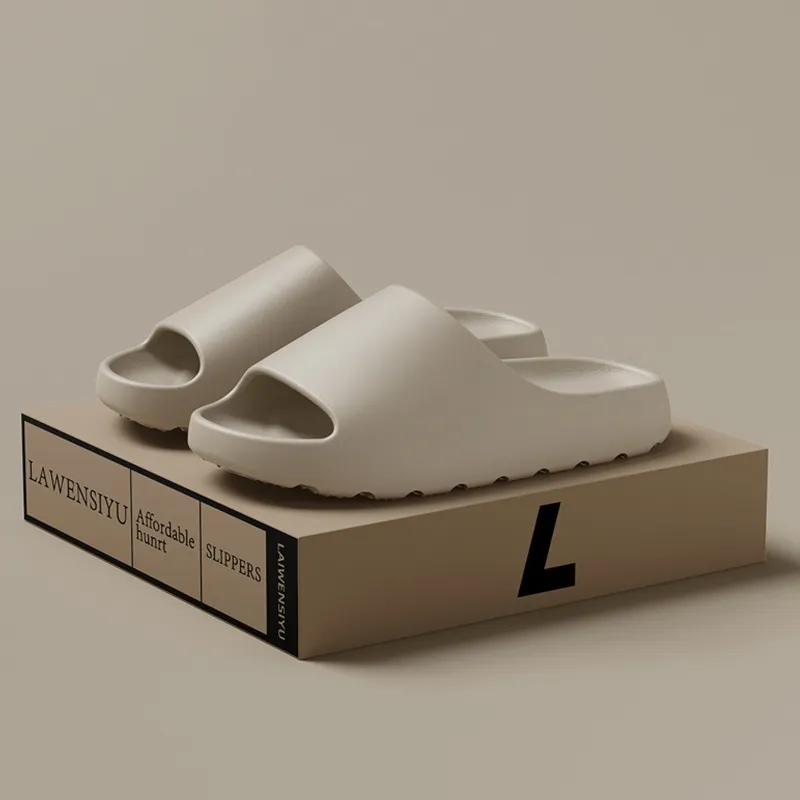
OEM/ODM Strategy: How to Make Your Private Label More Competitive
- Flexibly Leverage a Combination of OEM and ODM Strategies
ODM can be chosen for rapid market entry in the early stages; once the brand is established, OEM can be employed to create exclusive styles.
- Focus on Sustainable and Eco-Friendly Materials
Using recycled EVA materials, non-toxic PVC, and biodegradable packaging is a key direction for long-term brand development.
- Leverage the Manufacturer’s Design Team
Excellent manufacturers often have experienced designers who can provide clients with customized designs, enhancing product competitiveness.
- Build Brand Series
Expand from slippers to sandals, garden shoes, and home shoes, enhancing the overall value of your brand’s product line.
Conclusion: Partner with Mingyi to Create Your Own Private Label Slippers
As a PVC/EVA slipper manufacturer with many years of experience, Mingyi specializes in providing OEM/ODM customization services to clients worldwide.
We have advanced production equipment, a comprehensive quality control system, and a professional design and R&D team to help clients realize their brands from concept to finished product.
Whether you want to create your own brand of slippers or expand into the wholesale market, Mingyi can provide you with a one-stop solution – from design, sampling, production to packaging, we will cooperate throughout the process to quickly bring your brand to the global market.
